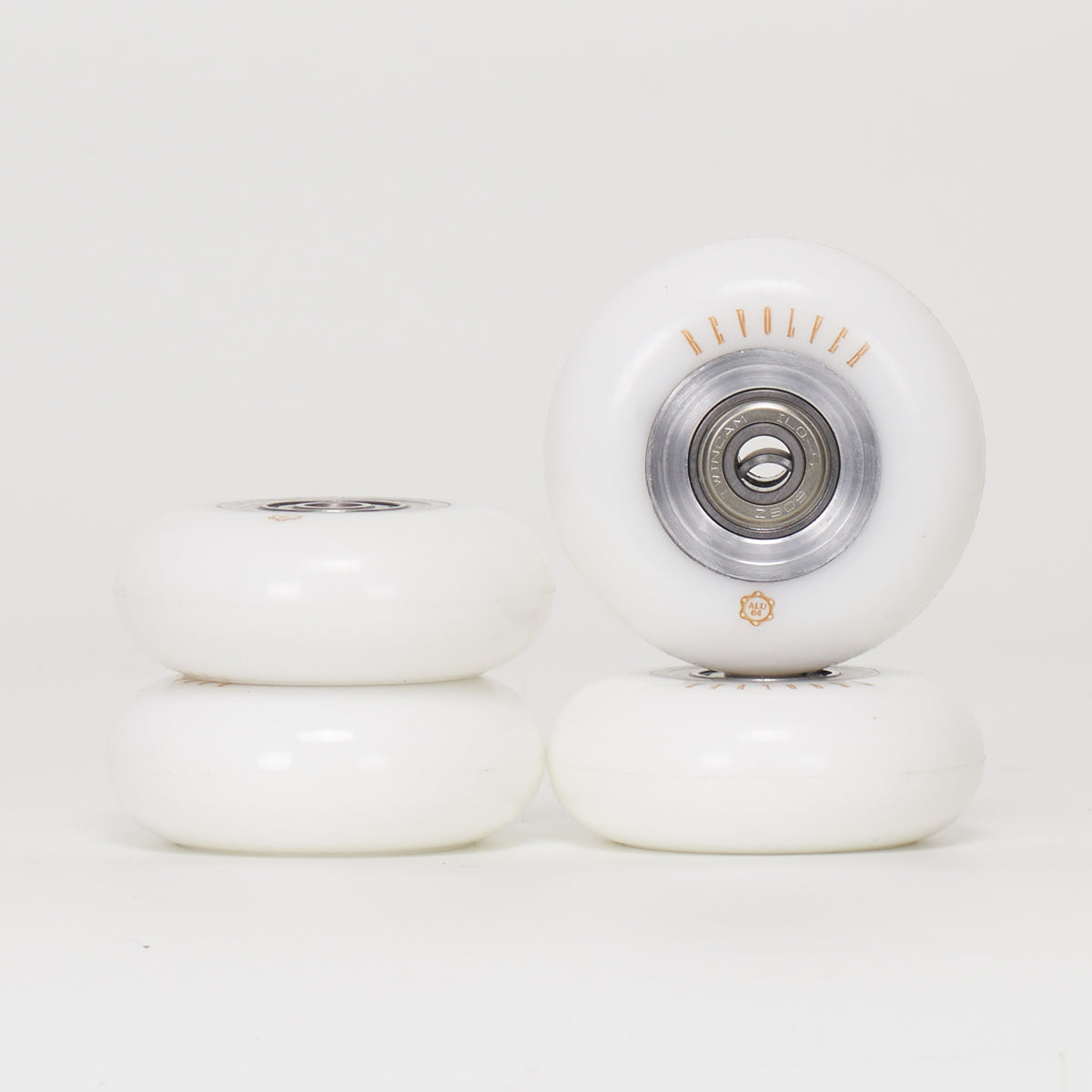Pros
The first and most obvious advantage of a heel brake is that it makes stopping less scary, especially for beginners. Think of it as a safety net—it’s there to catch you when you need it most. Knowing you have a reliable way to stop can boost your confidence and help you focus more on enjoying your skates rather than worrying about how to come to a halt.
Heel brakes really shine when you’re travelling downhill. They allow you to manage your speed with ease, giving you that extra layer of control. Plus, on slightly loose surfaces, using the heel brake can feel pretty satisfying, almost like a good scratch.
Another perk? It's budget-friendly! Replacing a worn-out brake pad is far cheaper than replacing an entire set of wheels, which is what you’d need to do if you were using techniques like T-stopping (dragging one foot behind in a T shape to slow down).
Cons
On the flip side, heel brakes can have some drawbacks. One significant issue is that they can encourage a bad habit among beginners: leaning back. Leaning back too much can throw off your balance and lead to falls. It’s a common mistake that can be tough to unlearn once it becomes a habit.
Another downside is that relying heavily on a heel brake might limit your growth as a skater. There are numerous stopping techniques out there that can be more effective in different situations. Sticking to just the heel brake can prevent you from mastering these other methods and becoming a more versatile skater.
Heel brakes also tend to attract debris. Long bits of grass or other small objects can get caught, potentially causing you to stumble or fall if it also gets trapped in the wheels.
Lastly, and probably my strongest argument against heel brakes, is that they extend the length of your frame, which can be a hindrance when trying to perform certain manoeuvres. Cross-overs and skating backwards become trickier, as the brake can get in the way and trip you up. You might need to learn new techniques to keep the brake out of the way, adding an extra layer of complexity to your skating.
In conclusion, while heel brakes offer significant advantages for beginners and casual skaters, they come with their own set of challenges. Balancing their use with learning other stopping techniques can provide the best of both worlds—security and skill progression.
You’ll find most skates either come with a heel brake or one will be compatible as an aftermarket item. In either case, you should be able to choose to use it or not. Hopefully, this article helps you decide what’s best for you.
Happy skating!
